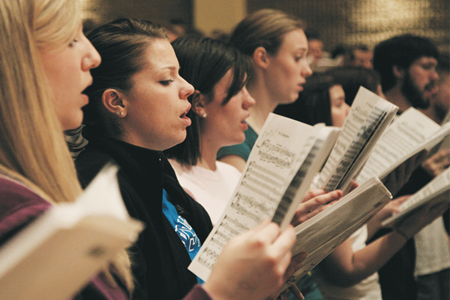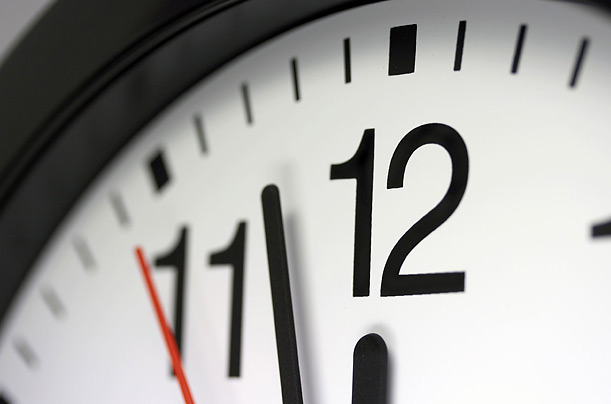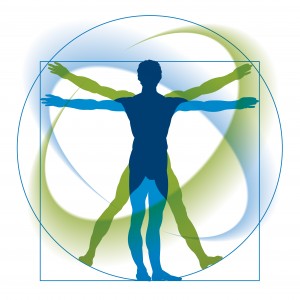SCRIPTURE:
“Whatever your hand finds to do, do it with your might, for there is no work or thought or knowledge or wisdom in Sheol, to which you are going.” –Ecclesiastes 9:10 (ESV)
“But when you give to the needy, do not let your left hand know what your right hand is doing, so that your giving may be in secret. And your Father who sees in secret will reward you.” –Matthew 6:3-4 (ESV)
INTRODUCTION:
Yes, I know it is a bit of a stretch and a play on words to reference the scriptures above in relation to this topic. Nonetheless, I think we can draw a loosely related conclusion.
Rather than giving money, as is the topic of the Matthew passage, our conducting gesture should provide clarity and confidence to our choirs. Our left and right hands must operate independently of each other if we are to truly maximize our effectiveness in conducting.
Several months ago, one of my articles discussed the importance of hand/arm independence in conducting gesture. I discussed ways to develop independence in the arms/hands so that we could be more expressive, fluid, and multi-faceted during the physical act of conducting. I thought it might be helpful to bring to mind the use of specific gesture commonly associated with the left hand/arm. The famous conductor/teacher Elizabeth Green, whose conducting textbook is popular in fundamental conducting courses, refers to the arms as “mischief makers.” I would take it a step further to say that often our left hand can be the primary source of mischievous conducting gesture, inserting itself at unnecessary times and often causing more confusion than clarity.
ACTION POINT:
So what is the purpose of the left hand in conducting gesture? Some pedagogues might articulate this differently, but it seems that from observation, conducting pedagogy literature, and personal reflection, the following activities are the most common uses of left hand conducting gesture.
- Mirroring
- Mirroring is simply conducting the pattern with both hands/arms. This is a skill that rarely needs to be taught, as it seem that most of us naturally learn how to use both hands at the same time quite fluidly. Clarity of beat is the primary function of the right hand, so we could at least keep time if we only used our right arm. Occasionally, we need to added additional size and clarity to the pattern, so it’s best to do that using both arms/hands.
- We can use this technique, however, to reinforce changes in TDS (tempo, dynamics, and style). Sometimes those changes are sudden or gradual. The left hand can give clarity and confidence to the ensemble as they execute those musical changes, especially when they occur suddenly. Mirroring makes the pattern bigger and more distinct for the ensemble when a musical change occurs.
- *Warning: Conductors often mirror too much. When conductors are in the heat of battle during an anthem or a performance, the default setting is often to mirror. This is dangerous. See “Caution” below for a detailed explanation.
- Cueing
- We cue when we want a certain section to begin playing/singing, and the cue adds confidence to their entrance.
- To implement a cue, I think of cues occurring on a slightly higher plane than the right hand conducting plane. The feeling is that of simply giving a downbeat with the left hand in the direction of the section that is to begin singing/playing.
- One can also think of mirroring at the start of the cue, and directing the pattern towards the section that is entering.
- A good cue requires 1.) Looking at the section a measure or a few beats early to get their attention, 2.) Breathing with them a beat before their entrance, 3.) Showing a clearly definable beat/ictus when the section is to begin singing/playing, and 4.) Maintaining eye contact through the start of the cue.
- All cues should communicate TDS.
- Remember, a cue is really an invitation to join in the music-making process. Be inviting in your gesture.
- BASIC RULE: Cues must look like cues.
- Releases
- I prefer this term to the commonly used term, “cut-off” which sounds so violent and aggressive. We are communicating to a soloist/section the need for them to cease participation in the music-making process for a moment. Often a release follows a sustained note. See “Sustaining Gestures” below for further explanation.
- Releases are similar to cues in many ways. I think they can occur on the primary conducting plane or the secondary plane (which should only be used for cues or releases.)
- Releases that are not preceded by a sustain gesture can happen on a higher plane.
- Releases that are preceded by a sustain gesture should happen on the primary plane. (See below.) The sustain gesture will extend forward from the primary plane, so for consistency the release gesture should stay on the primary plane as well.
- A good release gesture requires 1.) Looking at the section, 2.) Communicating TDS of the releases, and 3.) Showing a clearly definable beat/ictus when the section is to stop singing/playing.
- BASIC RULE: Releases must look like releases.
- Sustaining gestures
- Often releases are preceded by some sort of sustain gesture. A sustain gesture is executed simply by extending your left hand/arm forward from the body while a note is to be held, as if you are giving something to someone. Your palm should be up, like someone is about to place something in your hand or like you are a server at a restaurant.
- The sustain gesture gives confidence to the ensemble to maintain their energy through an extended note.
- Thus, it is important for releases that follow sustain gestures to look clearly like releases. To do this, I prefer a circular release. Simply turn the hand over, as if you are making a circle around the face of a clock (from 6 o’ clock, turn clockwise back around to 6, making a full circle.) Start the circle with your palm up and end the circle with your palm down. In order to have time to make the circle, the circular motion usually begins a beat before the release.
- FORMULA: Sustain Gesture + Release.
- Volume/balance information to certain sections
- Sometimes we need to communicate to a section that they are too loud or too soft, and the left hand helps us ask the section to make a change.
- Hand signs related to text
- Hand positions or shapes can serve to remind our ensemble of the shape of our mouths for certain vowels or consonants. Try to use this judiciously, but sometimes student groups are forgetful and need reminders, no matter how much you have “drilled” certain concepts. Can I get an “Amen?”
- We might also use solfege symbols as visual reminders of a section’s note in a chord.
- Page turns
- Duh, right? I had a professor say, “Never overlook the duhs.” Of all the things we are doing while conducting, often we conduct using a printed score and must turn pages. This cannot, however, distract us from using the left hand to show more important musical information.
- This is a challenge for us to conduct from memory, so that we have freedom to use both hands to communicate more with our choirs.
CAUTION:
To consider when to use the left hand implies that there are times when it is not being used. This is important to say because when we overuse the left hand it looses its effectiveness. Do you remember the story of the boy who cried wolf? If you are constantly calling for an action or response with your left hand but not actually asking for anything, then your requests eventually become white noise. You will have marginalized the impact of the above-mentioned conducting gestures.
When not using the left hand, it is best left down by our side or tucked into the body at belt/waist level.
PRACTICE:
So what are we to do? Take a moment and go back in your mind to the early days of learning to conduct. Pull out a score and decide when, where, and how you want to use the left hand in that piece. The time you take to analyze the score in this way will be invaluable and force you to mentally reactivate an awareness of how you conduct with your left hand. Mark your score to indicate when/how you want to use the left hand.
Remember, you control your body; it does not control you. Often in performance, the body begins to control us and our muscle memory takes over. We must not let this happen. We can do two things to counteract this tendency:
- Build into our muscle memory better habits and a more judicious, calculated use of the left hand. This happens by practicing good habits in our rehearsals.
- Through score study and in rehearsal, intentionally and systematically choose when and how we want to use our left hand to add effectiveness and expressivity to our conducting gesture.
Remember, our conducting gesture is a language with which we communicate to our choirs. As with any language we want to be efficient, clear, and concise. We don’t want to ramble in our conducting. Let’s work to eliminate those “filler” words in our gesture that take away clarity and expressivity and in their place use gestural tools that have purpose.









